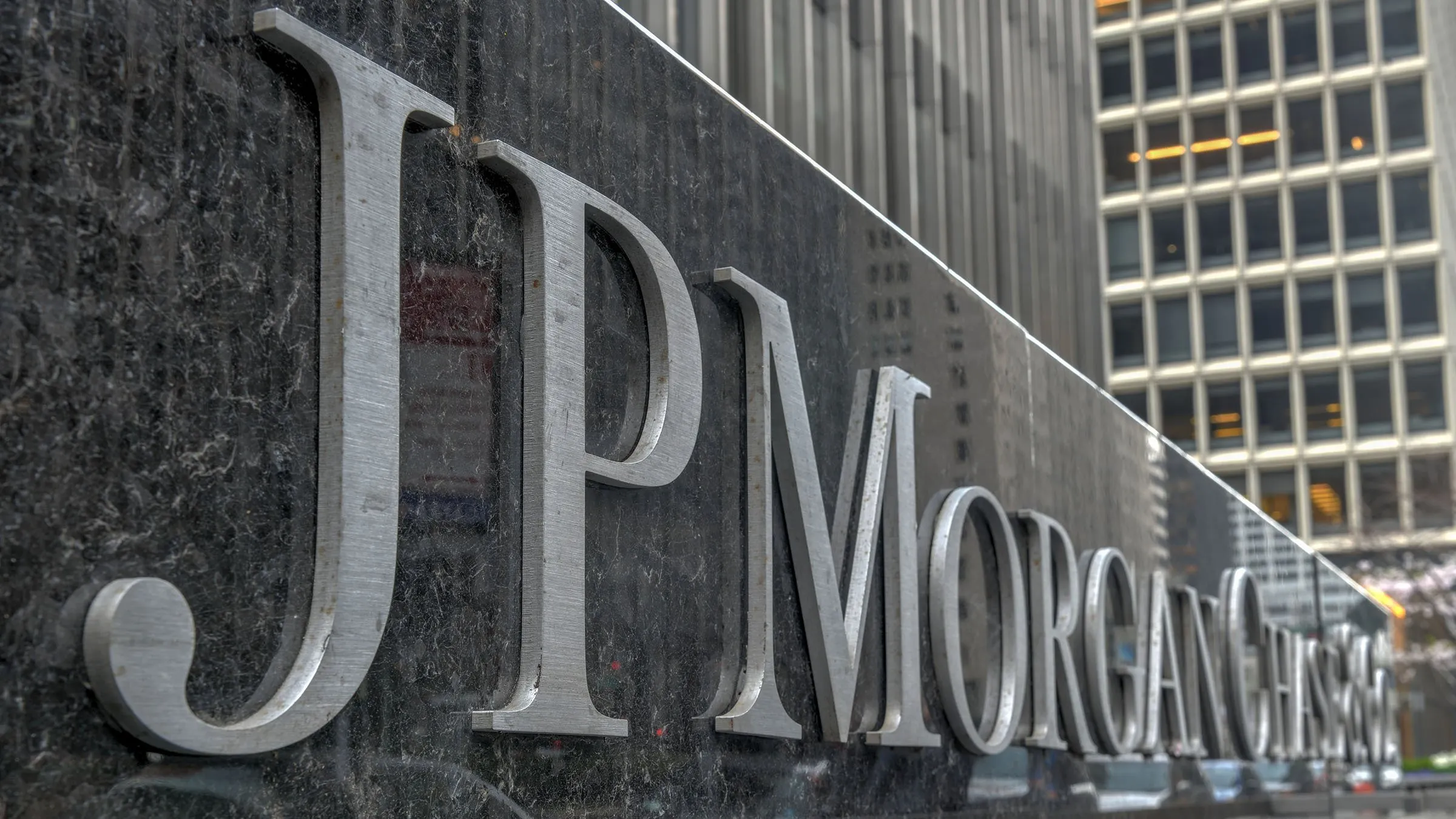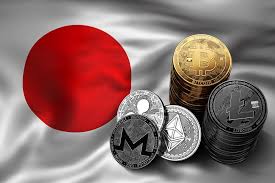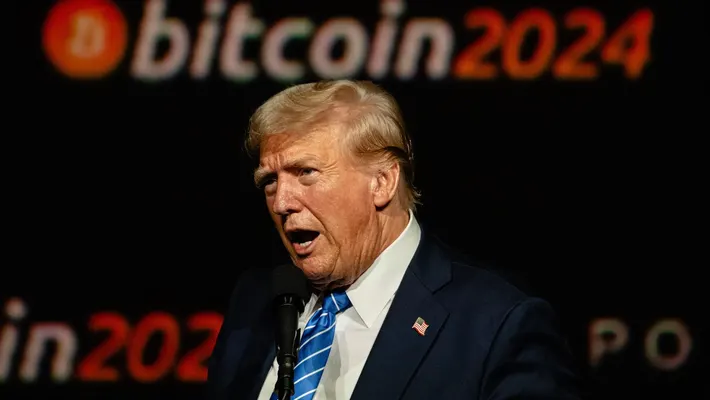Is the U.S. Ready for a Crypto Reserve? Not So Fast.
Imagine if the U.S. government decided to create a strategic crypto reserve, just like it holds gold and foreign currencies as part of its financial safety net. That would be a massive deal because it would mean crypto is officially recognized as a core part of the financial system. But according to JPMorgan, that’s not likely to happen anytime soon—and even if it does, certain tokens like XRP, Solana (SOL), and Cardano (ADA) probably won’t make the cut.
So, what’s going on? Let’s break it down.
Step 1: What is a Strategic Crypto Reserve?
A strategic reserve is a stash of assets that governments hold to stabilize the economy in times of crisis. Think of it as an emergency fund but on a national scale. Traditionally, the U.S. holds reserves in gold and foreign currencies (like the euro or yen), but with crypto becoming more mainstream, some are wondering:
👉 Should the U.S. create a crypto reserve?
The idea gained traction when former President Donald Trump proposed including not just Bitcoin (BTC) and Ethereum (ETH), but also XRP, SOL, and ADA in a potential reserve. This briefly excited the crypto markets, but JPMorgan quickly poured cold water on the idea.
Step 2: Why is JPMorgan Skeptical?
JPMorgan’s analysts, led by Nikolaos Panigirtzoglou, see less than a 50% chance of a U.S. crypto reserve getting approved. Here’s why:
🔴 Congress is a roadblock – Any strategic reserve would need government approval, and with lawmakers still divided on crypto, getting enough votes would be tough.
🔴 Too much volatility – Unlike gold, which is stable over time, crypto is known for wild price swings. Including XRP, SOL, and ADA in a reserve could introduce unwanted risk to the U.S. financial system.
🔴 Bitcoin and Ethereum have an advantage – If a reserve were to happen, it would likely focus only on BTC and ETH, since they are the most widely accepted cryptos by institutions.
Step 3: What About Other Countries?
JPMorgan’s report points out that even outside the U.S., governments are hesitant to adopt crypto as a reserve asset:
🔹 Switzerland & Poland’s central banks rejected Bitcoin as a reserve asset.
🔹 Singapore dismissed crypto entirely for long-term investments.
🔹 The European Central Bank (ECB) has criticized Bitcoin reserves, warning of risks.
Even at the state level in the U.S., similar attempts to establish Bitcoin reserves in Montana, North Dakota, South Dakota, and Wyoming have failed due to risk concerns.
Step 4: Why This Matters for Crypto Markets
The market initially rallied when Trump’s proposal was mentioned, but after skepticism from JPMorgan and other analysts, reality set in. The result?
📉 Bitcoin fell nearly 20% in February.
📉 $3.5 billion flowed out of Bitcoin ETFs—the biggest monthly withdrawal since their launch.
📉 Retail and institutional investors started selling, adding downward pressure.
Meanwhile, traders who bet against the market (short sellers) are increasing their positions, which could push prices even lower.
To make matters worse, crypto companies looking for funding are struggling:
💰 MicroStrategy raised $2 billion in debt, but investors are becoming cautious.
💰 Crypto miners are also raising debt and equity, but enthusiasm is fading.
Key Takeaways: What You Need to Remember
✅ “Strategic Crypto Reserve” sounds exciting, but it’s not happening anytime soon.
✅ XRP, SOL, and ADA are unlikely to be included even if it does happen, due to risk and volatility.
✅ Governments worldwide are rejecting crypto as a reserve asset, reinforcing skepticism.
✅ Crypto markets are under pressure due to ETF outflows, investor caution, and negative sentiment.
Why This Matters for You
If you’re into crypto, understanding how governments and institutions view digital assets is crucial. The rejection of a crypto reserve doesn’t mean the industry is doomed, but it does mean:
⚠️ Regulation and adoption will take longer than some hope.
⚠️ Bitcoin and Ethereum are still the safest institutional bets.
⚠️ Speculative altcoins (XRP, SOL, ADA) may face more resistance in mainstream finance.
For traders and investors, this news is a reminder to watch institutional trends carefully. Governments move slowly, but their decisions have massive impacts on crypto markets. If you want to stay ahead, keep an eye on how regulators and big banks shape the future of digital assets.



